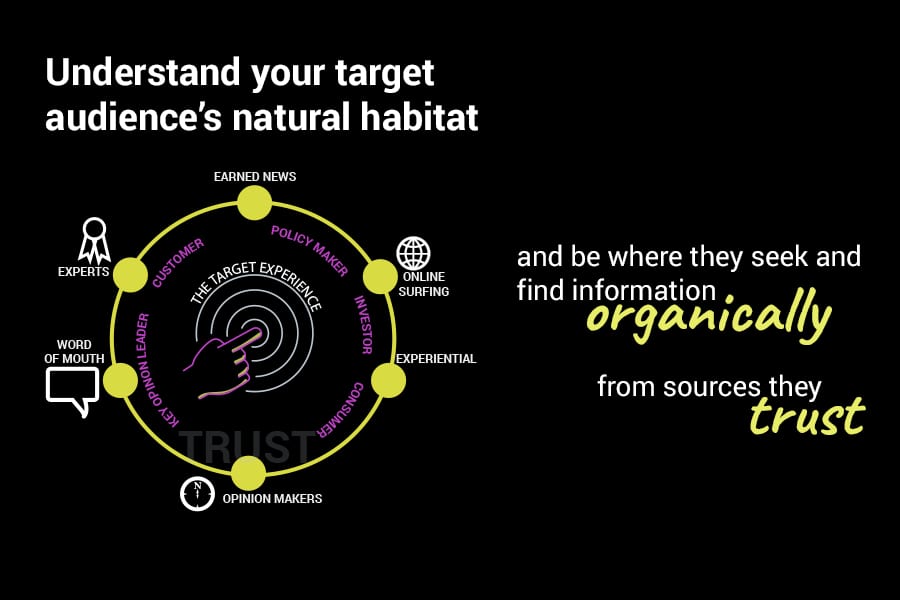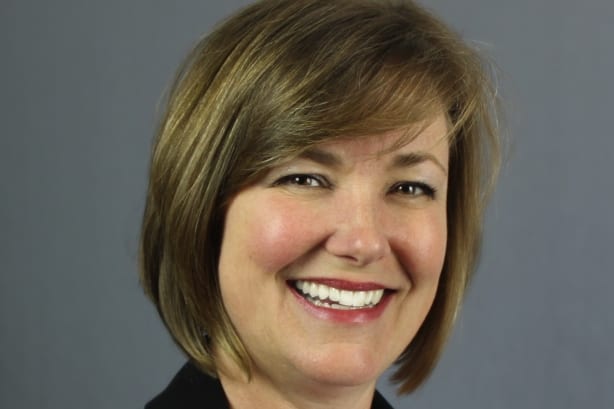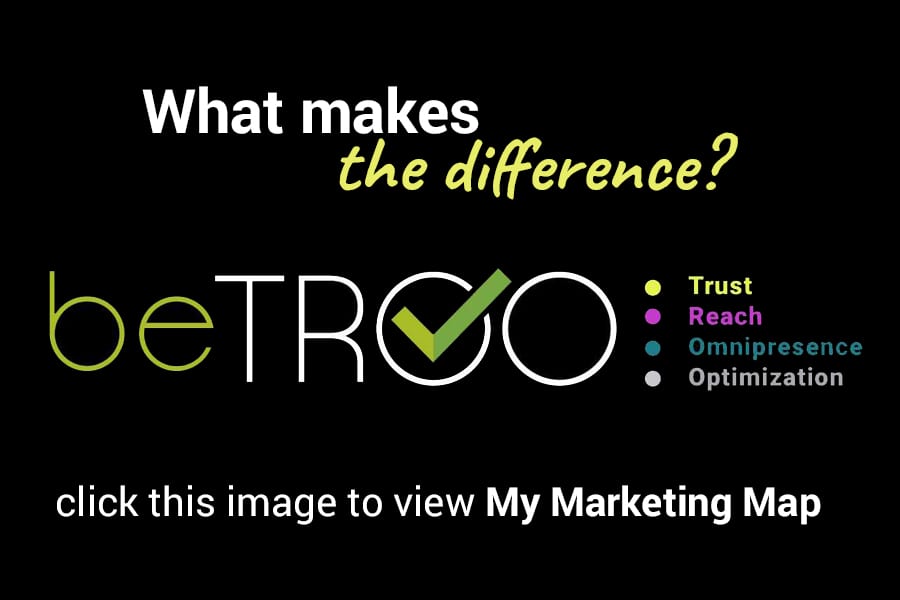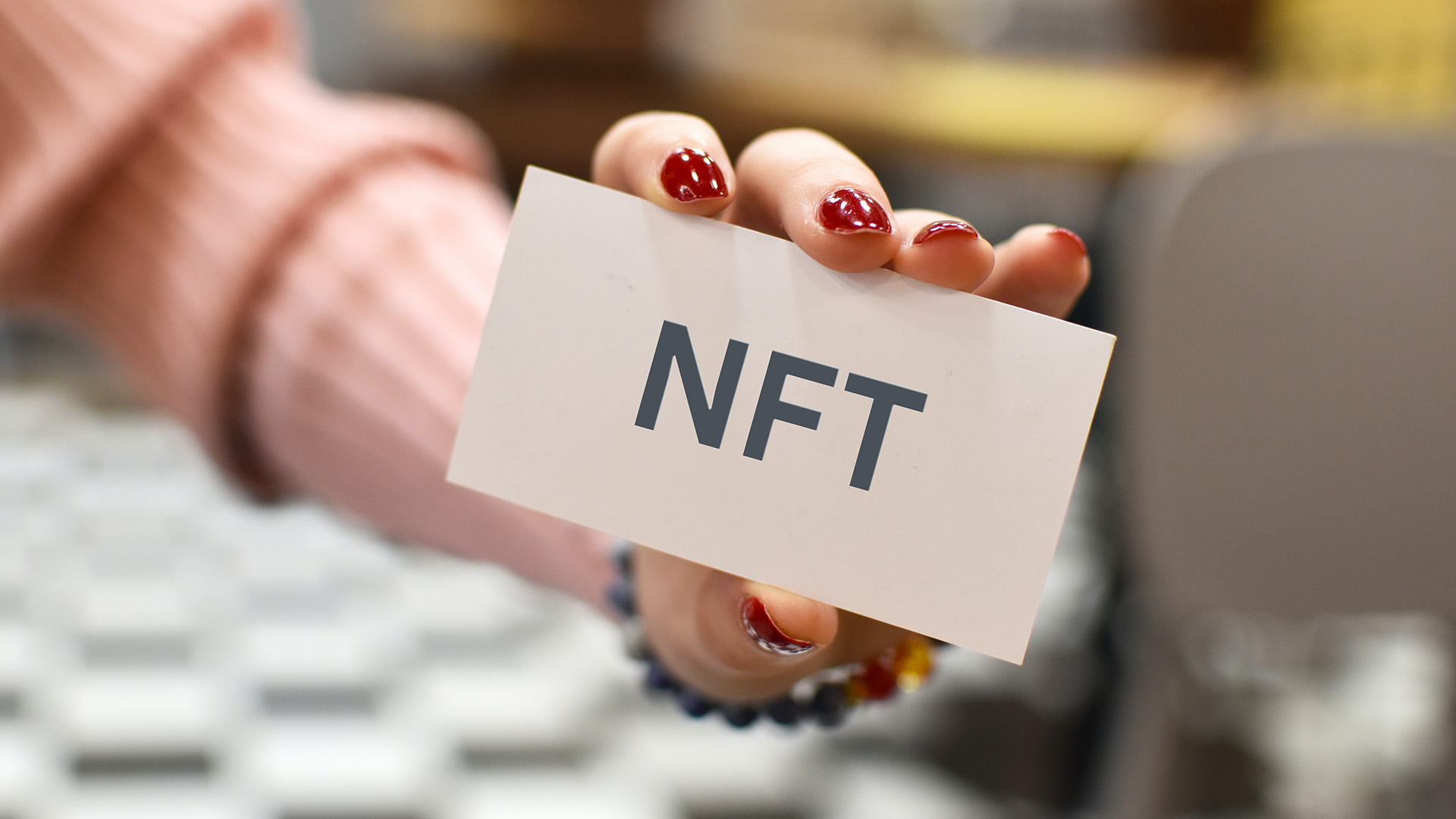The question of budget efficacy – call it “bang-for-buck,” ROI, business impact – is at the center of every discussion we have as marketers.
With budget scrutiny intensifying, it is easy to retreat to the comfort of paid, be it advertising, event sponsorships, or digital partnerships for the reported reach they deliver.
There’s no question paid strategies are a critical part of a well-planned marketing mix, but I am struck by the fact that many B2B marketers are relying solely on paid at a time when consumers are discriminately screening out commercial messages.

The next wave of consumers and business customers – Generation Z – are earning a reputation for being an even more private and savvier cohort than their predecessors. Data tells us that they…
- prefer stories that disappear
- segment information by channels
- choose authenticity and user-generated content over commercial content
- expect companies and brands to stand for something
- prefer online and automated purchase experiences over in-person sales
In fact, some of the most celebrated marketing campaigns are not commercial messages at all, but a show of brand personality and values:
- Wendy’s (*client) social satire is a case-study worthy example of how to engage in social media. We are fortunate to have the opportunity to amplify Wendy’s social campaigns like this one with earned media.
- KFC’s FCK, the brand’s (formerly known as Kentucky Fried Chicken) public apology for a chicken shortage, which (yes) started with one full-page ad in two UK newspapers, quickly blossomed to an engaging social conversation and massive amounts of earned media.
Fundamentally, whether you are a B2B company or a maker of consumer goods, your customer is expecting you to be part of their world versus being confronted with yours. A colleague of mine in Ketchum Analytics, Nicole Moreo, calls it living in your audience’s natural habitat.
While many consumer brand marketers have embraced this reality, B2B marketers can increase their relevance by solving business challenges versus selling products.
A modern B2B marketing plan requires equal thought be given to channels and content that enter your customers’ natural habitat seamlessly, but transparently, through people and access points they trust. These access points include experiential events, friends and family, experts, opinion makers, analysts, and trend setters as well as search engines, online news and social platforms. Doing so creates momentum for your ideas, your brand or your position.
Only then should you evaluate how classic reach vehicles – advertising, direct, sponsorships – factor into your marketing mix both to share your product story and to amplify the content created by the trusted sources that “live” in your customer’s natural habitat.
What can you do to make the difference between bad marketing that adds to the noise and good marketing that breaks through it? We call it “Be T.R.O.O.”: a simple acronym to remind us that all good marketing starts with building Trust and then extends to Reach, Omnipresence and Optimization.
We’ve built a self-driving online overview of T.R.O.O. to help you navigate the power and opportunity of audience-first thinking. In three minutes or less, this overview lets you experience modern marketing’s complex ecosystem. There’s even an option for a printed version so you can see the entire ecosystem – 100+ people or channels – for yourself. Take the tour by visiting www.ketchum.com/mymarketingmap.




